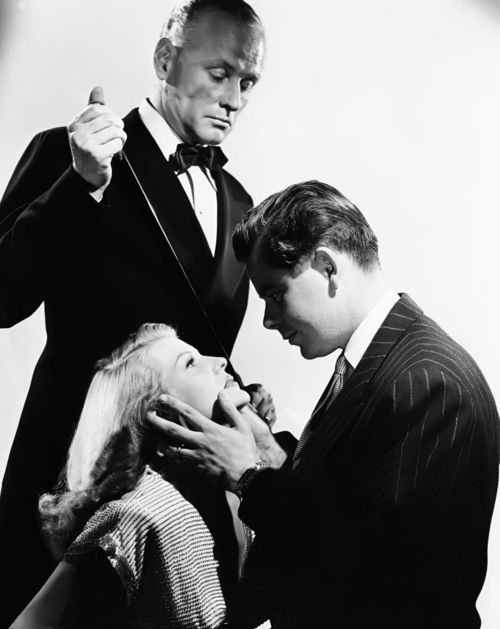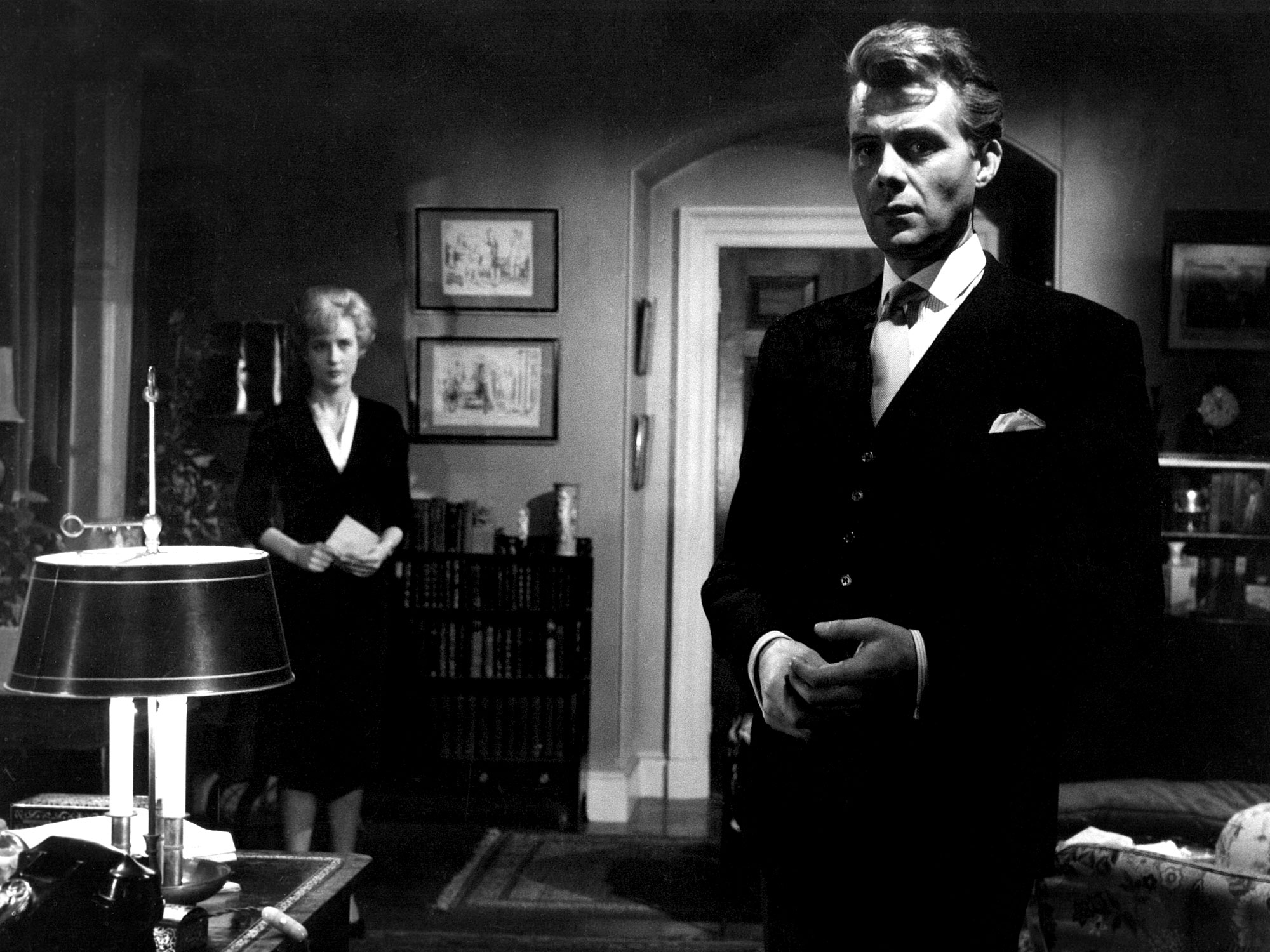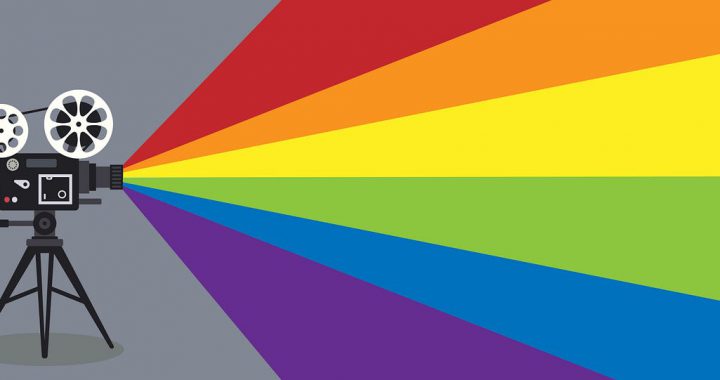With films like Red, White, and Royal Blue, Happiest Season, and Love, Simon coming out in recent years, it can be hard to think about the fact that less than a century ago queer movie characters were nearly impossible to come by. And when they were included, they received far from a dazzling portrayal. Even the list of out actors has only been increasing (Neil Patrick Harris, Elliot Page, Kristen Stewart, and Cate Blanchett to name a few). So why hasn’t representation, particularly in the United States, always looked like this and what led up to the changing cinematic landscape we benefit from today?
1920s -1940s The Great Depression, The Hays Code, and World Wars
The portrayal of queer characters in movies, earlier on referred to as “homosexuals”, directly correlates to the public’s acceptance of queer individuals throughout American history. As society became more tolerant (and eventually more accepting) of queer people, cinema was allowed to reflect that development and also often encouraged it. Likewise, the consumers’ interest in certain film genres influenced Hollywood’s decisions to create more “deviant” or “modest” content.
In 1922, William H. Hays took on the position of Chairman of the Motion Picture Producers and Distributers of America in an attempt to clean Hollywood’s image after a number of sandals, though not much seemed to change at first. A few years later the Catholic Church wrote a set of principles for Hays to enforce in order to clean Hollywood like he claimed he would. Fearing more restrictions would lead to less viewership, Hays hesitantly complied. However, not long after, both studios and movie theaters began to see major losses due to the Great Depression. Additionally, the development of “talkies” instead of silent films meant the studios were spending more money on films that the public couldn’t even afford to watch. At this point, the studios and theaters were getting desperate for solutions to the plethora of moral and economic problems they were suffering from. The federal government and Catholic Church applied pressure to Hollywood to either get on board with some serious censorship or face further monetary punishment and threats about censorship laws. Hollywood agreed and cinema began to change.
Between 1934 and 1968, the Motion Picture Production Code aka the “Hays Code”, named after Will Hays, imposed strict rules about what could and could not appear in films. Most of these restrictions were put in place to align with “Christian values” and to appease the clergy who had previously expressed such dissatisfaction with Hollywood. Also in 1934, the Production Code Administration was created to ensure compliance with the harsher standards. The PCA appointed Joe Breen as head of the organization and soon individual films required approval or the studios risked fines that would only further the financial struggles the Great Depression forced upon them. Among the many banned elements was any portrayal of homosexuality, considered a sexual perversion at the time with anti-sodomy laws in place on a national scale. Creatively, however, many film production companies had their own ways of navigating these rules to subtly include prohibited elements like queer characters.
World War II was a particularly notable time for queer individuals with their ability to develop a group consciousness. As more and more closeted queer men went off to war and closeted queer women found each other during war efforts at home, a true queer community began to take form. No longer were queer individuals finding themselves alone in their “perversion”, coming to realize lots of people felt the same as they did. After World War II, queer people found themselves flocking to cities like New York and San Francisco to continue this community building. And with the country’s economy coming back into full swing, the public and businesses alike were gaining their independence back. This newfound social life for queer people was also able to influence Hollywood’s maneuvering through the PCA. After all, even if the public didn’t generally accept homosexuality, there were plenty of queer people who were interested in cinema and more viewers meant more money.

The film Gilda (1946) was among the earliest films under the PCA to incorporate queer characters, taking advantage of certain implications and queer stereotypes. For example, the character Ballin (played by George Macready, top left in image) had some suggestive, but subtle, dialogue and body language. He shows interest in other male protagonist Johnny (played by Glenn Ford, bottom right in image) and cleverly flirts with him.
In 1948 and 1953, Alfred Kinsey published what are known as the “Kinsey Reports” about male and female sexual behaviors, displaying the notable percentages of men and women who have engaged in same-sex behaviors and attractions. These reports also fostered group consciousness among queer individuals who were seeing themselves represented in scientific conclusions. The Kinsey Reports also helped to inform the public about the sexuality spectrum.
1950s – 1970s Relaxing the Production Code, The Homophile Movement, and Pleas for Tolerance

As public interest in homosexuality grew and movie goers demanded more authenticity (unsurprisingly a fictional world in which no one ever swore, committed crimes, or had involvement with drugs didn’t seem to entertain people), Hollywood tried to include more queer characters and storylines despite the strict Production Code. The Production Code was able to loosen enough that homosexuals could appear in movies, however they could not appear as sympathetic characters and could no receive happy endings. The movie Tea and Sympathy (1956) delivered on the public’s desire for more queerness but still passed the Production Code. Main character Tom (played by John Kerr, man in image) is away at school and is uninterested in sports and other hobbies the boys around him enjoy. His stereotypical “effeminate” qualities make his peers and teachers believe he is a homosexual and he tries hard to prove the opposite with the help of Laura (played by Deborah Kerr (no relation), woman in image). Throughout the film, homosexuality is still considered deviant and undesirable, but now it can be mentioned explicitly.
In the 1960s, with the Women’s Rights Movement and the Civil Rights Movement gaining traction, the Homophile Movement and subsequent protests began in an effort to gain public tolerance for queer people. The queer community was as strong as ever and was now ready to live out in the open and with the rights they deserved. The queer community and their allies began protesting sodomy laws, housing laws, and other prohibitions that made life for queer people so difficult. Cinema began to reflect this plea for tolerance in the same way.

Films like Victim (1961) addressed the discrimination queer people faced and the frequent blackmail that would occur with the threat of queer individuals being arrested or outed if they did not comply with oppressors. Movies like Victim allowed for the pleas of tolerance to reach the public beyond the picket lines. Likewise, they also beginning to portray queer people not as “deviants” but as victims of hate throughout past decades. Films that did incorporate queer characters still built their personalities and mannerisms off of stereotypes such as effeminate men and masculine women since those qualities were expected of queer people and deemed the most “acceptable”. Similarly, queer characters were encouraged to be played for either laughs or villainous reasons with the goal of being either harmless or in the wrong. Queer characters could be portrayed but still needed to be “othered.”
The end of the Production Code came in 1968 and was in part the result of home televisions. Television was growing in success, meaning the public did not need to leave their homes to see films. This worried the studios and theaters that film would die out, meaning they had to produce the kind of content that would encourage viewership. As an alternative the Production Code, films would instead be given a rating to indicate what kind of audience the film was fit for so that significantly fewer elements were off limits but restrictions to who could access certain content would remain.
1980s – 2000s HIV/AIDS and Pleas for Acceptance
The 1980s quickly became a bleak period for queer people with the rise of the deadly HIV/AIDS epidemic and lack of government and pharmaceutical intervention. Perhaps then more than ever, the queer community needed the support of the public to remain alive when institutions refused to help. As a result, even more films addressed the plea for acceptance in order to present queer people as ordinary citizens who deserved the right to live just as much as anyone else.
The film Longtime Companion (1989) did exactly that. Created in the midst of the epidemic, the film addressed the issues at hand, trying to make its characters as sympathetic and unproblematic as possible. The men portrayed had good jobs, middle class lifestyles, and overall encapsulated traditional values with the hope that those outside of the queer community would watch it felt inspired to seek justice.

Moving more into modern times, queer films were able to take on comedy and satire as well. But I’m a Cheerleader (1999) also works as a plea for acceptance, but it is simultaneously an unserious, feel-good movie with a happy ending. While the audience is encouraged to learn something from the film (that queer people should be allowed to be themselves and cannot change who they are), it also includes a compassionate storyline and offers delightful representation.
2010s and Beyond
Coming into more present times, the queer cinema genre has actually developed to be its own genre. With more and more queer films coming out with happy endings and all kinds of representation outside of stereotypes, queer characters and individuals are able to embrace the world of cinema that once strove to erase and harm them. Many have even received acclaim from the Academy of Motion Picture Arts and Sciences like Carol (2015) receiving six Academy Award nominations and Moonlight (2016) winning best picture at the 89th Academy Awards. The rise of streaming platforms such as Netflix, Hulu, and MAX also allow for even more queer films to be made with more creative freedom in private movie production. Whereas studios needed to comply with any requirements theaters or film production agencies set, working together but often not under the same organization, companies like Netflix may produce and stream their own movies.

As for the future of queer cinema, hopefully the representation stays strong and becomes even more frequent so that all kinds of queer people may be portrayed in film and shared with the public. Not only does good representation benefit queer people, but it also helps educate those outside of the queer community so that they might be able to connect with queer friends and family with the goal of overwhelming acceptance. With that said, let’s try to keep the days of the Production Code in the past. We’re living in a new, better 20s era.

